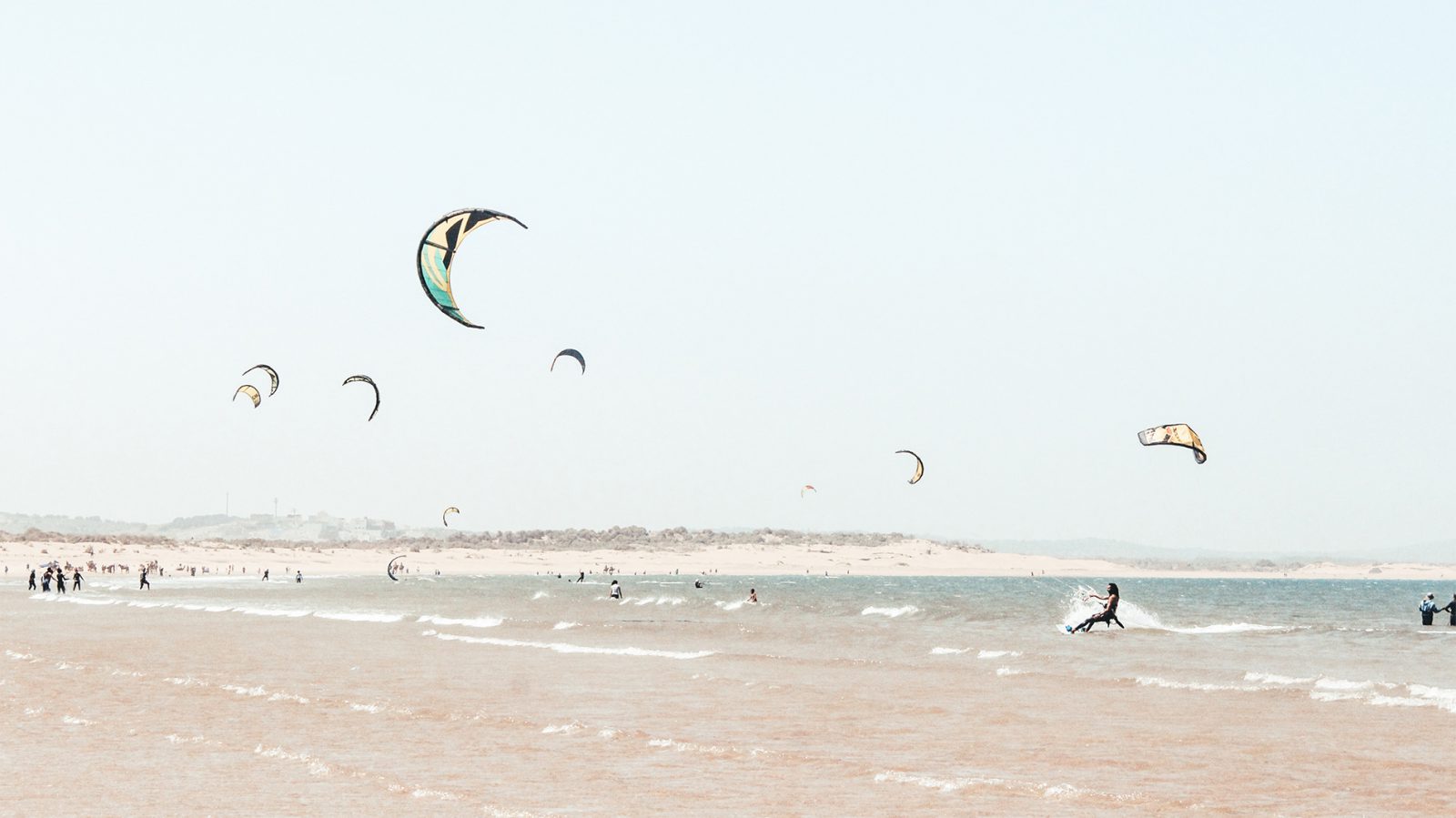1. Always launch with your kite towards the water
Wind can behave unpredictably around walls and trees. It is better to be pulled toward the water than a tree, car or road.
Always maintain minimum clear downwind buffer zones, make sure no person or hard object is down wind of your launching area
Do not fly your kite near vertical or sloped surfaces that can cause uplift and sudden dragging/lofting (walls, buildings, hills, tree lines, etc,).
Launch in the appropriate part of the wind window to avoid “hot” or over-powered downwind launches.
Pull in your trim strap or rope to a point that will allow stable kite flight with existing wind conditions, to properly depower the kite before launching and so that you can readily hold the bar and release it if necessary.
Ask an experienced kiter to give you a launch, refrain from asking a member of the general public for your own safety
2. Keep it low and go
Once launched, do not stand on the beach with your kite in the air. Aim to keep your kite below 45 degrees from the ground to avoid getting lofted. and get in the water as soon as you are able. Water is a lot softer than land in case of a lofting.
3. Get off shore quickly
If there are substantial waves where you need to water-start, consider body dragging outside the breaking zone first. In flat water kiting areas, stay away from the beach. The fun is off shore, danger to the rider & bystanders is near shore where most of the hard stuff is located.

